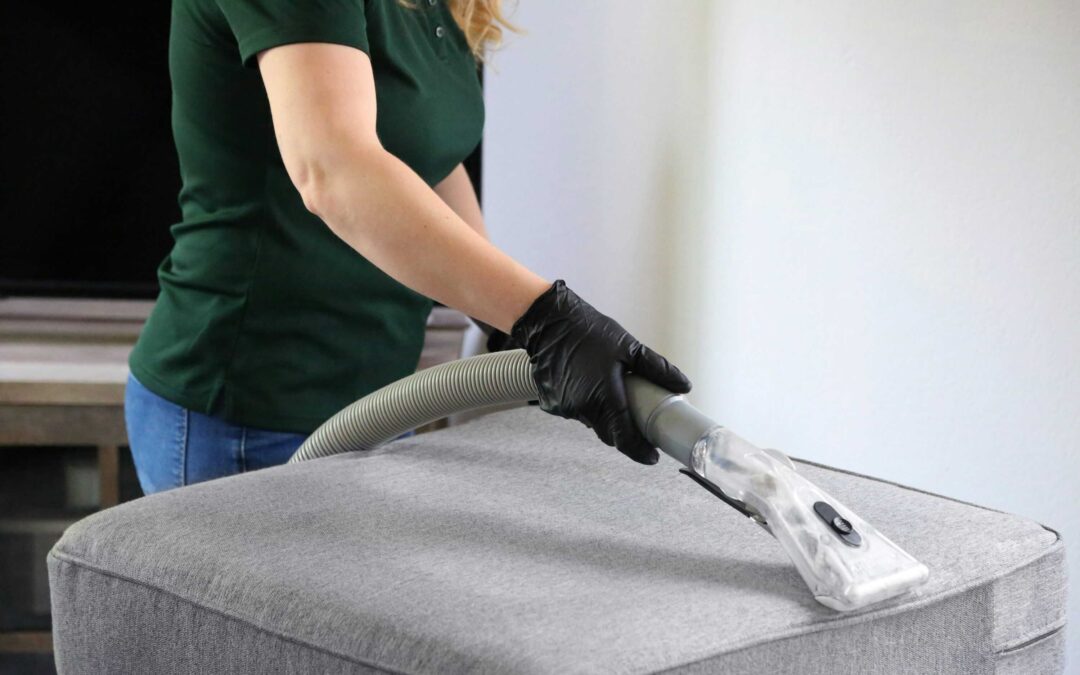Indoor air quality is often overlooked in conversations about home wellness, yet it plays a critical role in how we feel and function daily. Dust, pet dander, mold spores, and chemical residues accumulate over time—especially in high-traffic homes—and can lead to respiratory issues, fatigue, and allergies.
While standard surface cleaning removes visible dirt, it often misses what’s embedded in carpets, upholstery, vents, and hidden corners. These particles can circulate through the air, affecting breathing, sleep quality, and overall comfort. In 2025, more homeowners are turning to routine deep cleaning as a preventative health measure—not just for appearances, but for peace of mind.
Health experts and cleaning professionals alike agree that comprehensive, scheduled cleanings reduce allergens, minimize mold risks, and support healthier indoor air. As our homes continue to double as workspaces and sanctuaries, investing in a cleaner, safer indoor environment has never been more important.
Why Air Quality Should Be a Cleaning Priority
The Environmental Protection Agency (EPA) has reported that indoor air can be two to five times more polluted than outdoor air. That’s a major concern considering most people now spend over 90% of their time indoors. Poor air quality can lead to or exacerbate issues such as asthma, allergies, sinus infections, and even chronic fatigue.
The culprits? Dust mites, pet dander, mildew, volatile organic compounds (VOCs), and lingering pollutants from cooking or cleaning agents. These contaminants settle into carpets, behind furniture, and within HVAC systems—where standard cleaning methods rarely reach.
This is where professional home cleaning services come in. Deep cleaning addresses these hidden dangers by using specialized tools and methods that reach deeper and clean more thoroughly than everyday tidying.
What Deep Cleaning Really Involves
Deep cleaning services go beyond weekly or bi-weekly routines. They involve a systematic, room-by-room approach that targets buildup in areas that are often ignored. This includes baseboards, ceiling fans, behind appliances, interior windows, blinds, upholstery, and grout lines.
It also involves high-powered vacuuming with HEPA filters, steam cleaning where appropriate, and eco-safe sanitizing products that eliminate bacteria and odor without releasing harsh chemicals into the air. These methods are particularly important in improving indoor air quality, as they remove not just visible dirt, but microscopic irritants.
Allergen Removal Through Professional Cleaning
Dust mites, pollen, and mold spores are among the most common household allergens. They’re microscopic, persistent, and thrive in undisturbed areas like carpets, bedding, and vents. These allergens can quickly accumulate without proper cleaning, creating an ongoing cycle of respiratory discomfort.
A professional cleaning company cleaning breaks this cycle by physically removing allergen reservoirs. HEPA vacuums trap particles that standard vacuums often recirculate. Steam and hot water extraction sanitize soft surfaces where allergens embed deeply. Hard-to-reach areas are scrubbed or wiped down to prevent buildup from returning.
This type of allergen removal cleaning is especially beneficial during seasonal transitions, when pollen enters the home through open windows or shoes. It’s also ideal for households with pets, as fur and dander can cling to surfaces even after daily vacuuming.
Deep Cleaning and Mold Prevention
Moisture-prone areas like bathrooms, basements, and kitchens are prime environments for mold growth. Mold spores can release mycotoxins into the air, which contribute to coughing, headaches, and long-term respiratory issues.
Routine deep cleaning reduces the conditions that allow mold to grow. This includes descaling grout, removing soap scum, wiping behind toilets and fixtures, and ensuring proper ventilation. Mildew and early mold spots are treated with non-toxic antimicrobials, preventing them from becoming larger and more harmful.
Creating a Healthier Home for Every Season
Each season brings its own set of indoor air challenges. Spring introduces pollen, summer increases humidity, fall brings in dried leaves and debris, and winter traps pollutants indoors due to closed windows. A seasonal deep cleaning routine helps homes adapt to these conditions by resetting the cleanliness baseline.
By removing buildup and improving air circulation, these cleanings support HVAC efficiency and reduce the strain on air filters. Many homeowners also report better sleep, fewer sick days, and less need for allergy medications after committing to regular deep cleaning services.
Emerging trends in wellness continue to link a clean home with improved mental health and emotional wellbeing. Knowing your environment is clean, breathable, and free of allergens has a calming effect—turning your home into a place of comfort and rejuvenation.
Deep Cleaning for High-Use Spaces
Certain rooms require more frequent attention due to high use and higher exposure to contaminants. Kitchens, for example, accumulate grease, food particles, and bacteria in hidden places. Bathrooms collect soap scum, hard water deposits, and airborne bacteria. Living rooms with carpeting and soft furnishings can trap dust and dander easily.
Professional deep cleaning addresses these rooms thoroughly, including the interiors of appliances, under and behind furniture, and overlooked fixtures. Cleaners also focus on light switches, doorknobs, and remote controls—often overlooked hotspots for germs.
Conclusion
A truly clean home is one that supports your health, not just your sense of order. Deep cleaning services play a critical role in maintaining indoor air quality, preventing illness, and creating a safer living space for everyone in the home.
By focusing on allergen removal, mold prevention, and high-impact areas, professional home cleaning goes beyond cosmetic results—it promotes long-term wellness.
In an age where people are more health-conscious than ever, investing in deep cleaning isn’t just a luxury—it’s a smart, proactive step toward a better quality of life.

Recent Comments